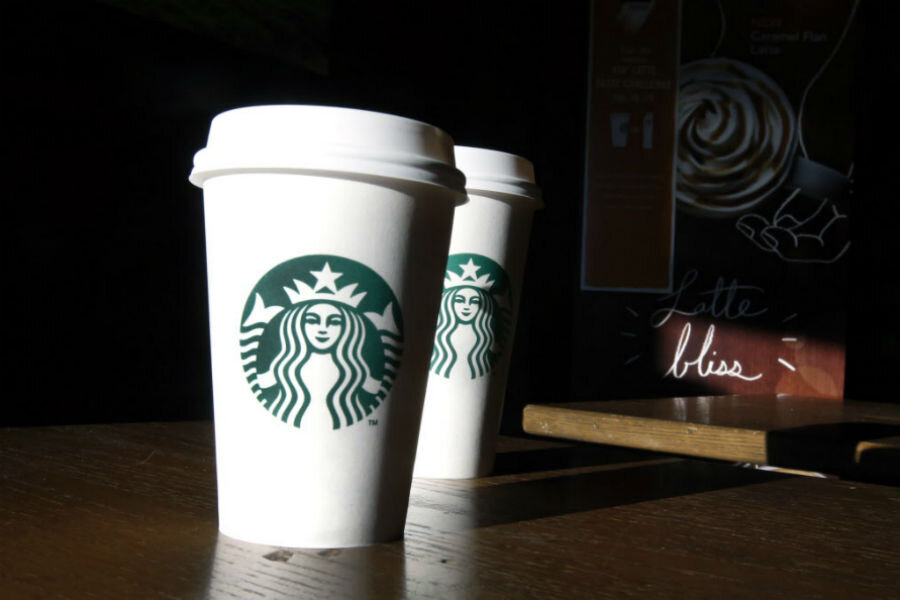Starbucks goes (even more) upscale with Reserve-only line of coffeehouses
Loading...
On Thursday, Starbucks announced a new line of Starbucks Reserve-only stores, featuring manual espresso machines, that will be operating as early as next year. In an attempt to bring more authenticity and personalization to Reserve stores, customers will be able to choose how they want their small-batch coffees brewed from four different brewing methods. The stores will be twice as large as standard Starbucks stores to create more of a cafe environment.
"We recognize our customers expect and desire a higher level of product and we want to give it to them,” said Howard Schultz, Starbucks chief executive officer, in a press call.
The company’s announcement of the Reserve-only stores accompanies Starbucks’ investment in Princi, a high-end Italian bakery and pizzeria with stores in Milan and London. In the past four years, Starbucks has been expanding its investment in food. The chain also acquired Bay Bread LLC in 2012 for $100 million, allowing the company to sell La Boulange pastries in stores. In the wake of those investments, Starbucks has seen food sales increase, increasing revenue in that area by 20 percent.
All 23 stand-alone La Boulange stores will soon close as Starbucks will sell its food products in-store only.
Speaking of Starbucks’ investment in Princi, Mr. Schultz told reporters in a briefing, “This is an opportunity for us to elevate food. This will once again reaffirm Starbucks’ leadership in all things coffee.”
The Reserve stores aren’t Starbucks' first foray into the creation of a higher-end product. Starbucks recently created "Reserve Roastery and Tasting Rooms," one of which has already been established at the company’s hometown of Seattle. Two more locations will open in New York and Shanghai in 2018. Reserve Roastery and Tasting Rooms are ten times the size of standard stores, with room to roast beans on-site and share with consumers how coffee is made. La Boulange products will continue to be the core supplier of food products at standard Starbucks while Princi pastries will be served at reserve and roastery stores.
A new line of stores isn’t the only change that has come to Starbucks in recent months. In May, Starbucks announced that nitrogen-infused cold brew coffee will be sold in 500 stores by the end of summer. The chain also plans to boost employees’ base pay by five percent in October.
The market for specialty coffees has grown in recent years as consumers become more educated about coffee and the many ways in which it is made. According to the National Coffee Association, in the past eight years, the number of consumers who drink coffee daily has tripled. The consumption of gourmet coffee drinks has increased from 13 to 36 percent among 18- to 24-year-olds and from 19 to 41 percent among 25- to 39-year-olds
Though the number of cups of coffee consumed in 2016 decreased slightly, revenue from coffee increased, according to the NCA, demonstrating that consumers are willing to pay more for a higher quality cup of coffee. With investments in higher-end food products and quality espresso, Starbucks plans to tap into that consumer craving.








